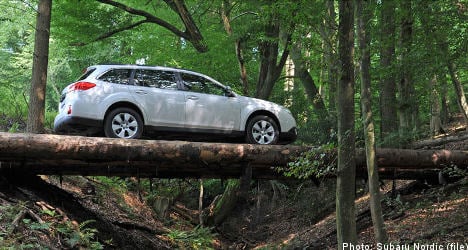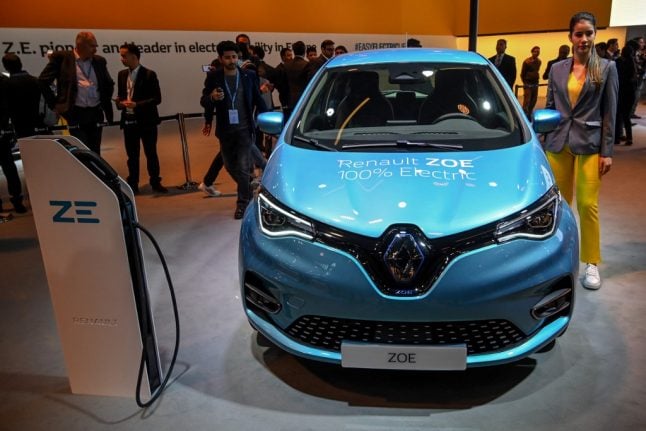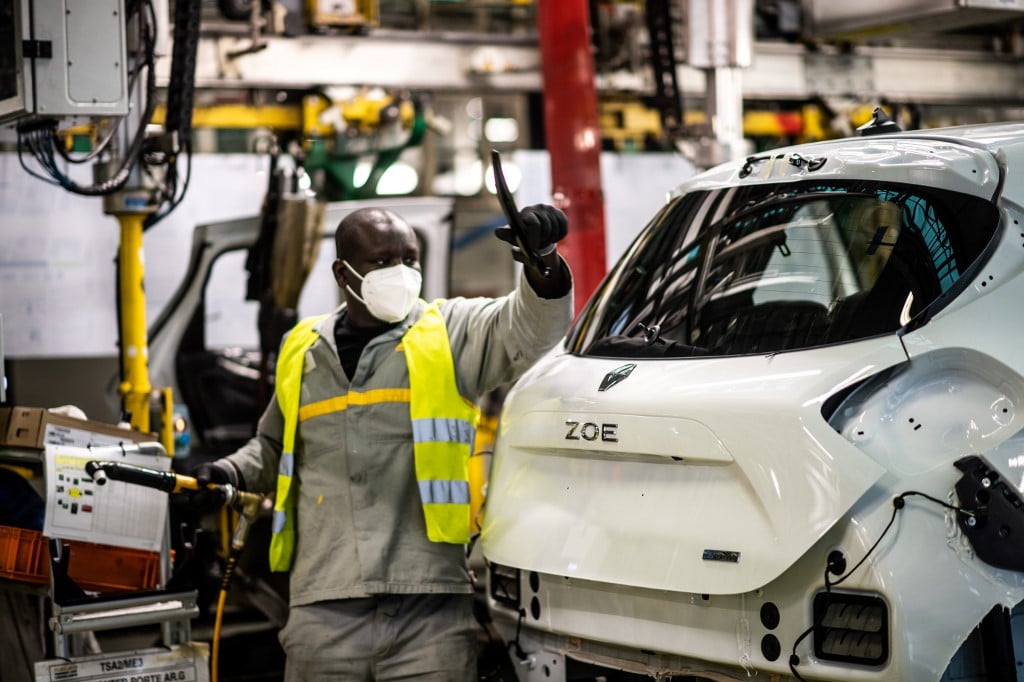The plans involve converting its midsize Legacy and crossover Outback models to run on compressed natural gas (CNG).
“It is very likely that we will finally decide to start production in Sweden. If and when we start, Trollhättan is one of the locations for a possible factory,” Subaru Nordic communications and PR director Thomas Possling told The Local on Monday.
“It’s a good location where we have knowledge and logistics for production in the car industry. We will make a decision on going into production before summer, hopefully within two months. If we say yes and go forward, we estimate that production could be started very soon,” he added.
Subaru Nordic is working with Italian firm BRC Gas Equipment, which has rented out a vacant Saab location.
“Saab is not involved in this project technically or economically. They are just renting out the building to BRC. Trollhättan is one location. Saab has big premises with lots of plants and houses that are empty,” said Possling.
According to Possling, the subcontractors for the components are already in place, so it would not take long for production to begin.
He declined to name other sites that Subaru is looking at, as well as how much Subaru is prepared to invest in this venture, but suggested that the company was confident interest was there for even 2,000 cars.
“The thing is, the project is a Swedish project, it’s not Subaru Japan or [parent company] Fuji Heavy Industries. It’s a Nordic area project with BRC. From Subaru Japan, we only have technical support. They are not involved in this project in any other way,” said Possling.
The models, which are manufactured in Japan, would be shipped to Sweden for conversion. Production will focus on the Swedish market initially, but Possling said Subaru will look into export opportunities in the future.
“Of course we are interested in exporting into CNG markets. Finland is one country that has shown an interest in CNG. Other countries in Europe could be interested as well as a more environmentally friendly alternative, as well as environmental organisations,” said Possling.
He added that Germany and Italy have the logistics in place for these types of fuel. Drivers cannot use ordinary petrol stations and must use other devices to fill up CNG.
So far, Subaru has produced five test prototype models in Sweden, so the proposed project would be the first large-scale production it would carry out in the country.
The project would also mark the company’s first foray into CNG vehicles, as well as the world’s first Boxer CNG engine and first all-wheel drive CNG vehicle.
Other automobile manufacturers that have ventured into CNG include Volkswagen with the Passat, Mercedes and its B-class NGT line and several Volvo and Saab models.
Subaru has not yet determined the number of cars that will be manufactured because it is awaiting a government decision on corporate taxes for 2012.
“If we have the same rules as today, the market will be bigger. As long as we own the project, we decide where to build the cars. We want to build all our CNG cars in Sweden,” said Possling.
Subaru customers were the most satisfied in Sweden last year and Possling emphasised that the company does not want to risk losing that title.
“We want to be 100 percent sure of the product quality. The technical part is quite ready there, but with emissions testing and certification of parts, we still want to do some more reliability tests on the cars,” he said.





 Please whitelist us to continue reading.
Please whitelist us to continue reading.
Member comments